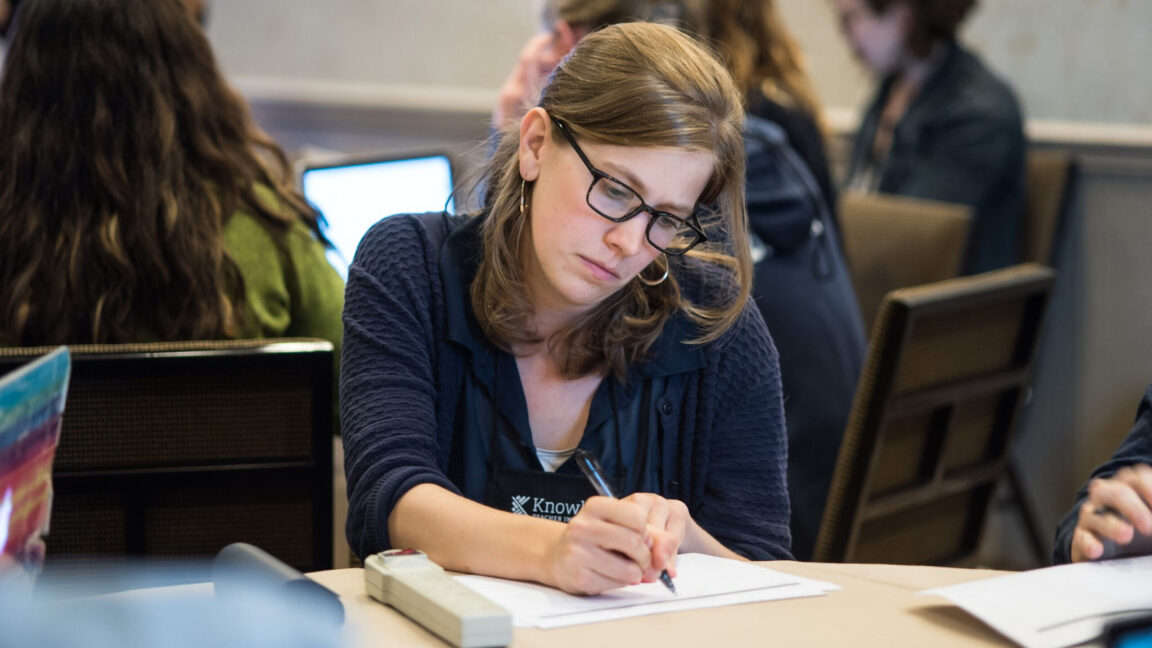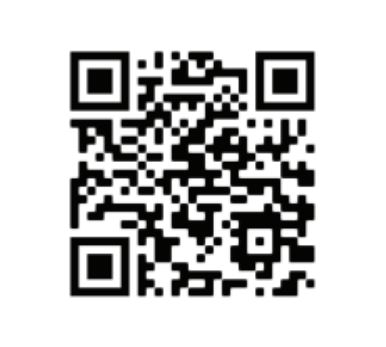Teacher’s Lounge: So You Think You Can Publish

It is so easy to be inspired—and just as easy to be detoured by life. This is why it has taken me over two years to complete and publish a physics curriculum. Two years has also given me enough time to reflect on why the road to publishing is less travelled.
Purpose
Write a great lab.
Write a second great lab.
Write 10 great labs.
Get a thought to share with a larger community.
Share labs.
Realize labs are not nearly as “great” as you thought.
Give up temporarily.
Discovery. Observation. Experimentation. This is what made learning physics so satisfying for me. I wanted to share my love of physics with my own students by piquing their curiosity with as much hands-on engagement as possible. However, on a $300 budget, which came out to little more than $3 a child at my “project-based school,” experimentation was nearly impossible.
Thanks to funding provided to Knowles Fellows from the Knowles Teacher Initiative, I was able to build out a curriculum including solar panels, robotics, and other materials over a couple of years; before that, however, one resource I could always depend on was PhET Interactive Simulations, a non-profit open educational resource project produced by the University of Colorado at Boulder. Their physics simulations allow my students to design and execute experiments or simply learn through discovery year-round—for free! The only problem was that if students weren’t focused, they could stay “engaged” by playing around for an hour without learning key concepts. Therefore, I designed several labs to guide them through the simulations. By the end of my first year, I had developed 10 labs and thought, “Why not do something more?” In my second year, I finished writing 20 labs and pitched the idea of a book at the Knowles Teacher Initiative Summer Conference. Once I started sharing my work with others, prudence (and fear) caused me to run for help.
Process
Get reinspired.
Ask for student feedback.
Rewrite questions.
Read student answers.
Rewrite questions.
Write 10 more labs.
Ask mentors and peers for thoughts.
Restructure labs.
Add pictures.
Make fonts, headings, and sections uniform.
Learn about copyright and publishing.
Give up temporarily . . . again.
I was excited at the thought of publishing a book made for under-resourced classes. However, what I had were a bunch of decent labs stapled together. In attempts to make a cohesive product, I began designing a repeatable structure for labs: observe, infer, explain, model. I clumsily sorted and labelled questions.
Still unsatisfied, I reached out to teachers in my Knowles network for pedagogical and financial support. I was provided funding to have my work reviewed, edited, published, and marketed. A Knowles Senior Fellow who had previously created his own curriculum served as an expert reviewer. In the first of a series of consultations, he introduced me to the 5E Instructional Model, a curriculum framework vetted by the education community that would anchor my book in best practices to make my work marketable (BSCS Science Learning).
The 5Es framework uses alliteration to make an easily repeatable format for developing curriculum and engaging students. I adapted the 5Es so that in each lab, students practice: engagement through questions or free observations, exploration via data collection, explanation of relationships between variables when analyzing data, elaboration of their learning by applying concepts to a real world scenario or practice using new found equations, and engineering design principles to connect concepts to design solutions. Next, my Knowles reviewer suggested applying NGSS-aligned objectives to each lab. This helped me rephrase questions to give students a clear end goal. The objectives also gave me and other teachers a chance to identify the concepts students would learn. As a final touch, I was told to input photos and screenshots of the labs for ease of engagement. In addition to insight on curriculum, other Knowles colleagues gave me commentary on the physics itself to make sure students were learning sound
science.
Publishing and packaging
Get reinspired.
Submit work to the copyright office.
Research publishing options.
Decide to self-publish work with Amazon.
Hate the look of the cover.
Hire graphic designer.
Republish with a new logo and cover.
Make a website for work.
Self-market via word of mouth and conferences.
See sales. Celebrate.
Once I finished writing a cohesive manuscript, I sent it off to the US Copyright Office and researched publishing options. I was shocked by the small commissions paid to authors by publishing houses (though I shouldn’t have been), so I decided to publish with Amazon Kindle Direct Publishing. I knew I would rather do more work and have a say in the sale of my work than share my profits with publishers who would do nothing. Amazon made it unbelievably easy to publish and print my book. I celebrated my first week of sales before I decided the work was, once again, not good enough. “Never judge a book by its cover” might be an apt sentiment when it comes to people; however, it bears little weight in an industry dependent on flashy marketing. In a school with one color printer, I rarely thought about aesthetics, and it showed in the book’s original plain white cover. It was clear I needed to hire a professional—so I hired a graphic designer who made both a logo and a cover to match the quality of the content of the book (see Figure 1).

Figure 1. Cover of Physics 4 All: Labs for PhET Simulations after the graphic design upgrade
The new logo was also useful in making pamphlets, business cards, and a website, giving the book a fighting chance in an increasingly competitive field. Thankfully, Squarespace and Vistaprint made it easy to copy, paste, and upload everything. They even helped me make my first QR code so that I could add my “media marketing” badge to my entrepreneur sash (see Figure 2).

Figure 2. QR code for Physics 4 All: Labs for PhET Simulations
Of course, the journey is not over; after all, a book doesn’t sell itself. Now, I am off to conferences, thanks again to the generosity of the Knowles Teacher Initiative. I am happy to report that as of March, interest in my book has grown both through Amazon and on Teachers Pay Teachers. I hope the story of my experience encourages other teacher-author-preneurs to pursue their own writing and publishing goals. Take a weekend, even a personal day, to map out the steps you need to take and reach out to your own professional community for support. Will it be easy? No. But will it be worth it? Yes.
Citation:
Clarke, B. (2020). Teachers lounge: So you think you can publish. Kaleidoscope: Educator Voices and Perspectives, 7(1), 31–33.
